Safety Rules When Using A Microscope ?
When using a microscope, there are several safety rules that should be followed to prevent injury or damage to the equipment. Firstly, it is important to ensure that the microscope is placed on a stable surface to prevent it from falling or tipping over. Secondly, the user should avoid touching the lenses with their fingers as this can leave smudges or scratches that can affect the quality of the image. Additionally, it is important to use the appropriate magnification and lighting settings to prevent eye strain or damage. Finally, when handling slides or other specimens, it is important to use caution and avoid dropping or mishandling them to prevent damage to the equipment or injury to the user.
1、 Eye protection
Safety rules when using a microscope are essential to ensure that users are protected from potential hazards. One of the most important safety rules is to wear eye protection. This is because microscopes use high magnification lenses that can cause eye damage if not used correctly. Eye protection can include safety glasses or goggles that are designed to protect the eyes from flying debris, chemicals, or other hazards.
In addition to wearing eye protection, users should also be aware of other safety rules when using a microscope. These can include keeping the microscope clean and free from debris, using the correct lighting and magnification settings, and avoiding touching the lenses or other delicate parts of the microscope. Users should also be aware of any potential hazards associated with the materials they are examining, such as chemicals or biological samples.
The latest point of view on microscope safety is that users should also be aware of the potential risks associated with digital microscopes. These microscopes use digital cameras and computer screens to display images, which can cause eye strain or other health issues if used for extended periods of time. To prevent these issues, users should take regular breaks and adjust the lighting and magnification settings as needed.
Overall, safety rules when using a microscope are essential to protect users from potential hazards. By following these rules and staying aware of the latest safety recommendations, users can ensure that they are using microscopes safely and effectively.

2、 Proper handling and storage
Safety rules when using a microscope are essential to ensure that the user and the equipment are protected from harm. The following are some of the safety rules that should be observed when using a microscope:
1. Proper handling and storage: Microscopes should be handled with care to avoid damage to the lenses and other delicate parts. They should be stored in a clean and dry place to prevent dust and moisture from accumulating on the lenses.
2. Eye protection: Eye protection should be worn when using a microscope to prevent eye damage from accidental exposure to bright light or chemicals.
3. Chemical safety: Chemicals used in microscopy should be handled with care and stored in appropriate containers. Users should be aware of the potential hazards of the chemicals they are using and take appropriate precautions.
4. Electrical safety: Microscopes should be plugged into a grounded electrical outlet to prevent electrical shock. Users should avoid touching the electrical components of the microscope with wet hands.
5. Proper cleaning: Microscopes should be cleaned regularly to prevent the buildup of dust and other debris on the lenses. Users should use a soft, lint-free cloth to clean the lenses and avoid using harsh chemicals that could damage the lenses.
In addition to these safety rules, it is important to stay up-to-date with the latest safety guidelines and recommendations. As new technologies and techniques are developed, new safety concerns may arise, and it is important to be aware of these issues and take appropriate precautions. By following these safety rules and staying informed about the latest safety guidelines, users can ensure that they are using microscopes safely and effectively.

3、 Cleaning and maintenance
Safety rules when using a microscope are essential to ensure that the user and the equipment are protected from harm. The following are some of the safety rules that should be observed when using a microscope:
1. Always wear protective gear such as gloves and goggles to protect your eyes and hands from harmful chemicals and microorganisms.
2. Ensure that the microscope is placed on a stable surface to prevent it from falling and causing injury.
3. Avoid touching the lenses with your fingers as this can leave fingerprints and smudges that can affect the quality of the image.
4. Use only the recommended voltage and current when operating the microscope to prevent electrical shock.
5. Do not use damaged or broken equipment as this can cause injury or damage to the specimen.
6. Always follow the manufacturer's instructions when using the microscope to ensure that it is used correctly.
7. Keep the microscope clean and free from dust and debris to prevent contamination of the specimen.
Cleaning and maintenance are also essential when using a microscope. Regular cleaning and maintenance can help to prolong the life of the equipment and ensure that it is functioning correctly. The following are some tips for cleaning and maintaining a microscope:
1. Use a soft, lint-free cloth to clean the lenses and other parts of the microscope.
2. Use a cleaning solution that is specifically designed for cleaning microscopes.
3. Avoid using harsh chemicals or abrasive materials that can scratch or damage the lenses.
4. Store the microscope in a dry, cool place to prevent moisture and humidity from damaging the equipment.
5. Regularly check the microscope for any signs of wear and tear and replace any damaged or worn parts.
In conclusion, safety rules when using a microscope are essential to protect the user and the equipment from harm. Cleaning and maintenance are also important to ensure that the microscope is functioning correctly and to prolong its lifespan. By following these guidelines, users can ensure that they get the best results from their microscope while staying safe and protecting their equipment.

4、 Proper lighting and positioning
When using a microscope, it is important to follow safety rules to prevent accidents and ensure accurate results. One of the most important safety rules is proper lighting and positioning. The microscope should be placed on a stable surface and positioned at a comfortable height for the user. The lighting should be adjusted to provide adequate illumination without causing eye strain or glare.
In addition to proper lighting and positioning, there are other safety rules that should be followed when using a microscope. These include wearing appropriate personal protective equipment, such as gloves and safety glasses, to protect against chemical spills or other hazards. It is also important to keep the microscope clean and free of debris to prevent contamination of samples and ensure accurate results.
Another important safety rule is to avoid touching the lenses or other delicate parts of the microscope. This can cause damage to the instrument and affect the quality of the images produced. It is also important to handle slides and other samples carefully to prevent breakage or damage.
In recent years, there has been increasing concern about the potential health hazards associated with exposure to certain chemicals and materials used in microscopy. As a result, many laboratories have implemented stricter safety protocols and guidelines to protect workers and ensure safe handling of samples and equipment.
Overall, following safety rules when using a microscope is essential for preventing accidents, ensuring accurate results, and protecting the health and safety of laboratory workers. By staying informed about the latest safety guidelines and best practices, researchers can continue to use this powerful tool to advance scientific knowledge and discovery.




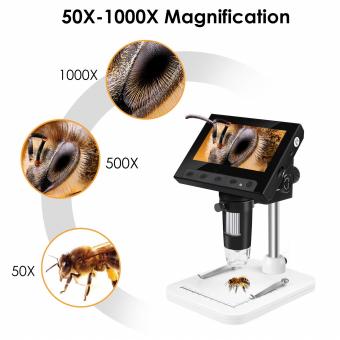




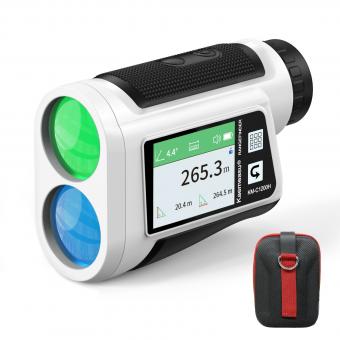
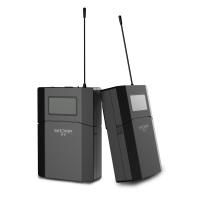
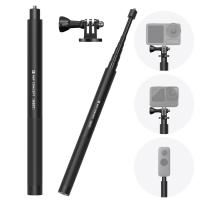








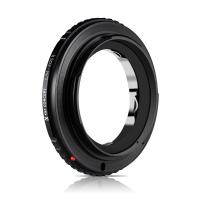

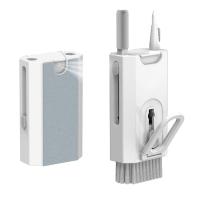

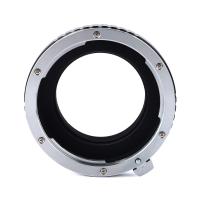

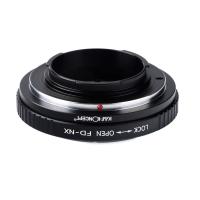
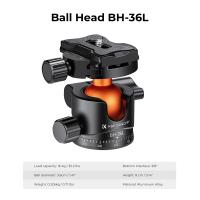
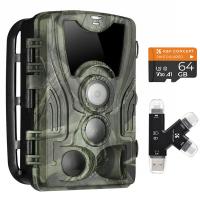

There are no comments for this blog.